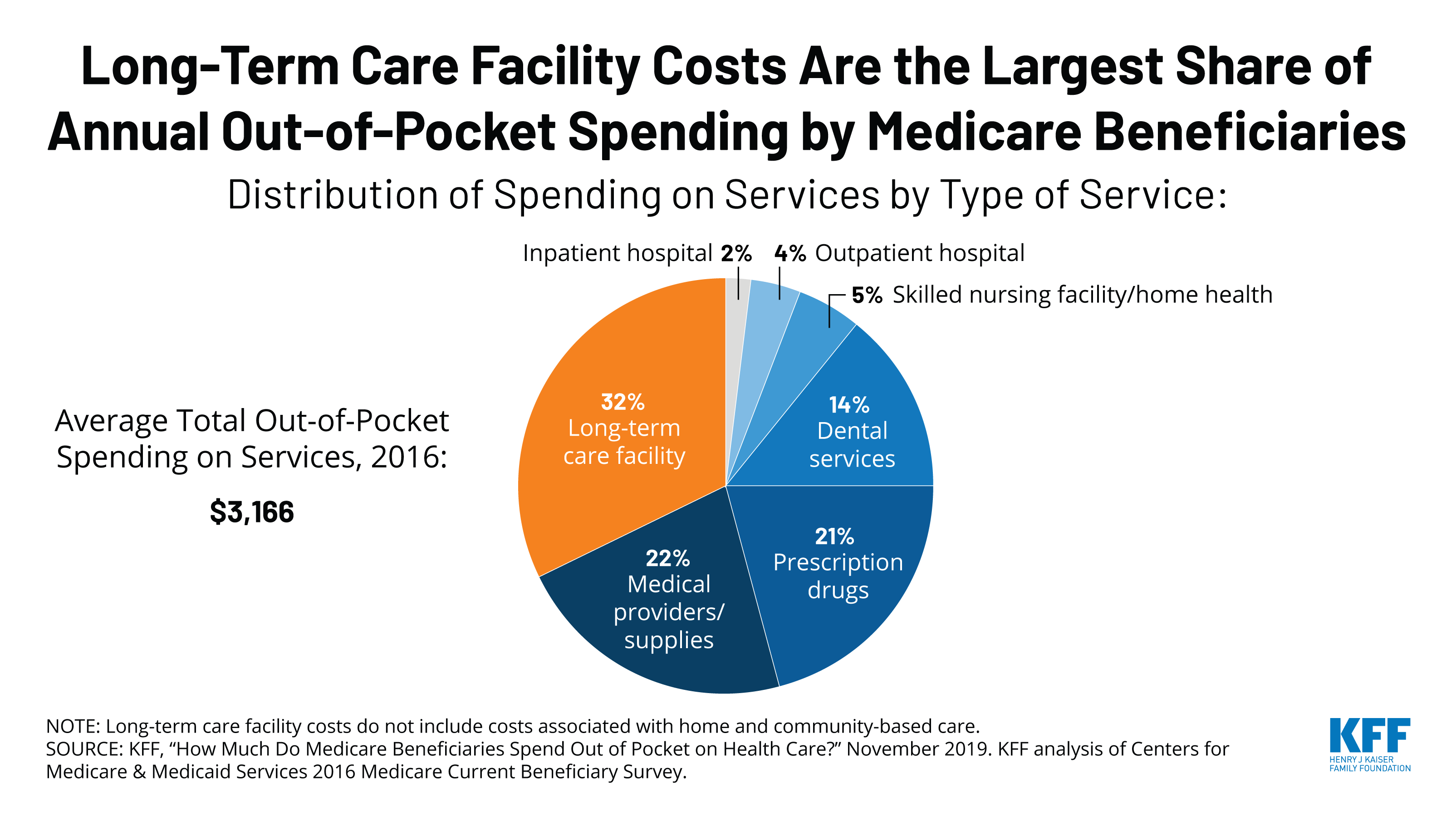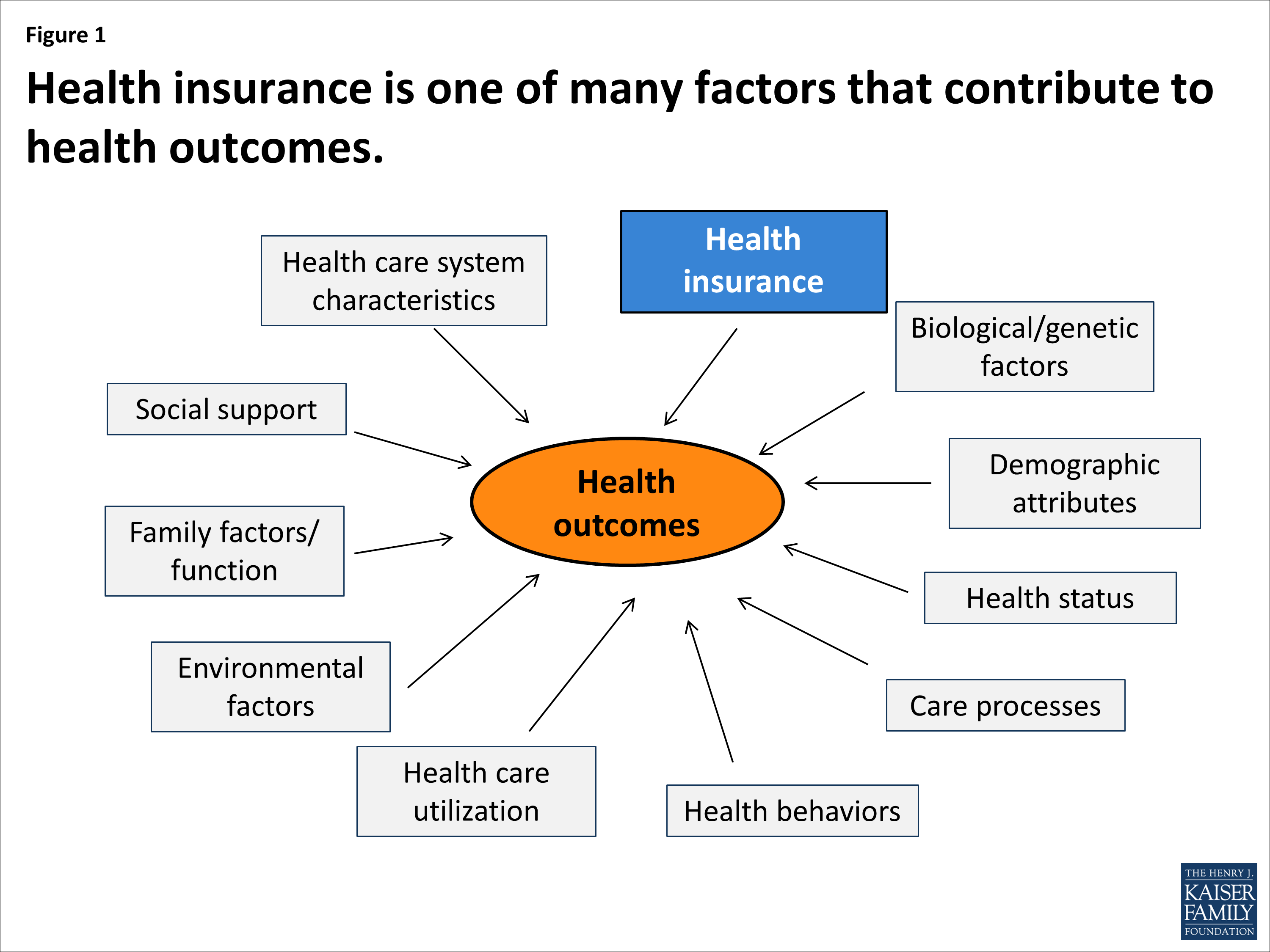7 by Q4 2018. The ACA still earns a split choice from Americans in 2019, according to the American analytics and advisory company, Gallup. However, the ACA showed resilient in time. We'll see what the brand-new Presidency (2021-2024) brings. The Bismarck and Beveridge designs have actually had an enduring influence on the majority of European nations.
Because the implementation of the CMU (universal healthcare protection), the French system, for instance, has made sure that everyone has access to health care. Employment no longer identifies access to health care, as is theoretically the case. But financing techniques have actually not been called into question. In all countries influenced by the English design, moneying primarily originates from taxes, while in other nations, it is generally drawn from social contributions.
These distinctions in funding are linked to how the system is organized: in general,, in contrast,. So, how is healthcare moneyed in Europe? Each country has its own system. There is no single European health care system as such. Social security does not fall under the jurisdiction of the European Commission.
It offers the holder the right to access health care during a short-term stay in another EU nation, the UK, Norway, Iceland, Liechtenstein, or Switzerland.). To put it simply: Health care is a national subject only. More than 1,500 billion is invested in the European Union (including the UK) on health care. Confronted with the sharp increase in health care costs, all European countries have attempted to check spending while improving the performance of universal health care systems in place.
3 Simple Techniques For When Is The Vote On Health Care
The situation was the same in 2019. Simply put, any significant health-care expense implies readjusting a sixth of the American economy. Let's see the 3 significant obstacles when considering healthcare system management. The first obstacle is to maintain or improve people' health by (medical or otherwise) of the general public.
There are several concerns to handle the resources offered, such as: enhancing the system by rendering procedures paperless, releasing patients up from the many administrative processes linked to the management of healthcare. If the aim is to, the fight against mistake, fraud, and abuse must, obviously, must be consisted of.
This is a concern of some magnitude. In the, the total number of deaths due to iatrogenesis in 2001 reached 738,936. The variety of deaths brought on by cardiac disease was 699,697, and 553,251 deaths were brought on by cancer (source: American Iatrogenic Association 2002). In France, in 2004, the variety of deaths resulting from iatrogenesis was higher than 10,000, and 3.
A financial evaluation of this concern is difficult to carry out. No sensible study relating to the amounts included was to be found. However the causes of the phenomenon are understood. such as doctors doing not have details or training, patients requiring information or education, prescription mistakes (inappropriate medication: dosage, protocol, treatment), over-prescription or incomplete prescription, a lack of data on the patient (allergies, signs not all taken into consideration, multiple pathologies), an under-estimation of drug interactions and self-medication.
The 3-Minute Rule for Which Of The Following Is Not A Problem With The Current Health Care System In The United States?
Better details systems could play a part in cutting this figure. This reduction is one of the objectives of the Personal Medical File. is likewise a significant difficulty. Simply think of it., in between $75 billion and $250 billion, according to the FBI, are lost to fraud. In 2019, $3,800 billion or $3.
, around 6% to 10% of costs in the healthcare sector is lost to fraud, according to the European Healthcare Fraud and Corruption Network (EHFCN)., which invested 1,482 billion on health care in 2016 (10% of GDP), this means over 140 billion were lost in that year alone. Feedback from interviewees in a research study we performed suggested that the higher EHFCN scams figure (10%) is closer to the real cost of this problem.
These factors can often lead to extreme improvements. In, with the universal healthcare SESAM Vitale program, for example: Patients are now compensated after 5 days, instead of after 2-3 weeks (due to paperwork). 1. 257 billion electronic claim forms were used in 2019; 93% of all claim forms with administrative productivity and treatment costs were divided by 6 for the claims in concern.

is a card with an ingrained microcontroller that accredits entitlement to medical insurance. There's more. The introduction of electronic claim forms and the cut in the variety of declaration sheets indicates that 3,6 billion A4 sheets of paper are conserved annually. They are no longer produced, printed, dispersed, saved, or destroyed.
Which Type Of Health Care Facility Employs The Most People In The U.s.? for Beginners

This record, for that reason, cuts mistakes and hesitancy in emergencies and improves the quality of services provided. It also improves cooperation between all health care employees, pooling all offered information on patients into a centralized file. Smart EMRs limit the number of medical interventions and guarantee that the care offered for patients is consistent.
The term refers to any scenario where information is passed in between healthcare professionals electronically (family doctors or specialists, care workers, pharmacists, etc.). This details might be messages, letters, signals, outcomes, images, administrative data, complete files, etc., for medical diagnosis, treatment, or monitoring - a health care professional is caring for a patient who is about to begin iron dextran. In terms of administration, the results obtained are outstanding.
for patients and healthcare experts and need to be executed in the healthcare sector. Yet this is not the case in numerous nations. Carrying out healthcare cards with and would allow the production of personalized, online services, a quintessentially patient-centric approach, yet these initiatives are still in the advancement phases. The ability to verify advantages, expiration dates, repeated, and multiple usages is, on the whole, underused.
Yet cards have a crucial role in creating constant databases, automated reading of data, and short-lived or long-term confidential regional storage of extra information such as blood groups, allergic reactions, persistent illness, and associated treatments. Electronic services that have currently been executed in European countries for universal healthcare schemes, and in the rest of the worldwith recognition systems, electronic signatures, and electronic authentication - plainly show: The essential aspects (microchip cards, public key facilities, authentication, etc - why was it important for the institute of medicine (iom) to develop its six aims for health care?.) of a modern health care system can count on robust technology to increase to the obstacles provided by fraud, abuse, and mistakes.
A Biased View of Which Of The Following Was Not Included In The Congressional Plans For Health Care Reform?
, including the German Gesundheitskarte (image above) or Chifa card, an eHealthcare service in Algeria. Our care tasks provides us with an outstanding summary of the innovation involved, its applications, and the quality of details systems, in addition to the social context of its usage (a health care professional is caring for a patient who is about to begin iron dextran). Moreover, our professionals have actually supplied, generally to battle fraud and cut the number of errors.
The OECD, with its core mission to promote policies to enhance the economic and social wellness of individuals worldwide, brings much relevant experience supporting countries to attain and http://finneupw902.lucialpiazzale.com/fascination-about-who-is-eligible-for-care-within-the-veterans-health-administration sustain universal health coverage (UHC). The OECD monitors and examines crucial elements of universal health coverage, and assesses the future sustainability of universal health systems.
The OECD's contribution to assisting nations accomplish and sustain universal health protection. Universal Health Protection is about everybody having access to good quality health services without suffering monetary difficulty. Although a lot of OECD countries offer all their residents cost effective access to an extensive bundle of health services, they deal with difficulties in sustaining and boosting such universal systems.